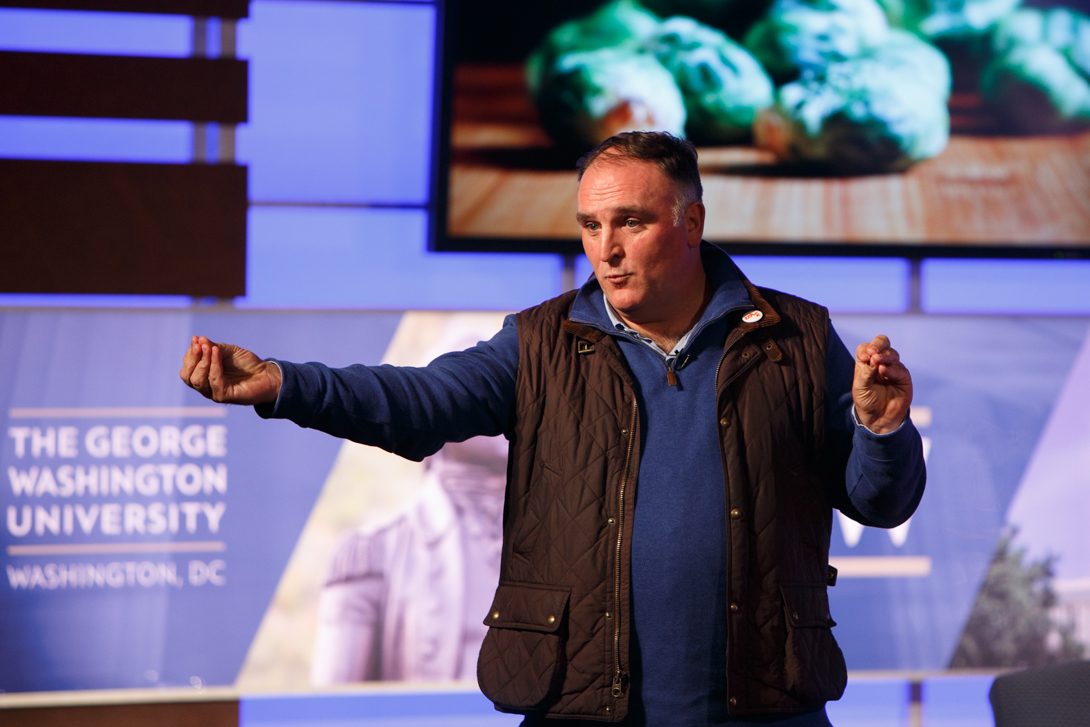By B.L. Wilson
Georgia Agriculture Commissioner Gary Black told the audience at a food summit at the George Washington University that people in his state knew early on local foods were going to be a big thing.
“We could see very quickly the local food, local production, farmers' markets," Mr. Black said at Jack Morton Auditorium. "There’s never been a time when people have been more excited about farmers."
Mr. Black’s remarks came on Tuesday as he opened the Local Foods Impact Conference hosted by GW in partnership with the U.S. Department of Agriculture.
Former Whole Foods Market CEO Walter Robb, also a featured speaker, agreed that there has been “nothing short of a revolution” in locally grown foods in the United States.
“It’s surpassed organic foods in terms of visibility, how it’s grown and the media surrounding it,” Mr. Robb said. “Why are consumers buying local? They’re buying for the environment, and because they believe it’s more nutritious, healthful.”
As with organic foods, there is a lot of confusion surrounding what local foods are, Mr. Robb said, and can vary by region. At Whole Foods, he said, products can be considered local foods if grown or produced within 100 to 400 miles.
“It’s very misused and a very loose term. There is no standard definition,” he said.
Mr. Black said his state settled that issue more than a decade ago. “Someone put together two words—Georgia Grown—to imprint it on Georgia consumers’ minds.”
He said the brand has been used to market everything from blueberries to the Georgia pine trees used for utility poles and the cotton that is grown and produced in the state.
In the Greek language, he pointed out, Georgia roughly translates to farmer so it may be understandable that agriculture is number one in the state’s economy, bringing in $75 billion a year.
“It’s all about branding impression. That’s going to help the small person in Atlanta that’s having an urban garden, and they’re trying to market to a local restaurant,” he said.
“It’s also going to help the big produce farmer with 5,000 acres that has bell peppers growing all over everywhere.”
Georgia’s agriculture department supports and licenses local cottage industries involved in food operations, works in partnership with the state’s restaurant association, links chefs to agriculture producers and promotes the state’s produce via television, social media, food expos and competitions.
With its eye on the next generation, Mr. Black said, the agriculture department created a program called Feed My School to promote school nutrition. It came within 75 percent of its goal of feeding one school for one week, breakfast and lunch, five consecutive days with products that were grown and processed in one county. Its Georgia Test Kitchen has worked with chefs to develop recipes that match what suppliers have during certain seasons of the year.
“Now, we thus far have over 40 kid-tested, kid-proven recipes,” he said.
The U.S. Department of Agriculture estimates that in 2015 more than 167,000 farming operations in the country made $9 billion by selling local foods directly to consumers through farmers markets, roadside sales and through retailers like Whole Foods.
The USDA Census began gathering information about local foods farming in 2012. Kathleen Merrigan, executive director of sustainability at GW and director of the GW Food Institute, said the conference is being held because there’s a need to better measure the impact of investments in local foods.
About 300 workers from federal, state and local governments, nonprofit organizations, academia and other institutions from 34 states—nearly half from rural areas—participated in two days of workshops.
“We want to figure out how they are changing the face of local communities and rural communities and helping small and mid-size farm operations," Dr. Merrigan said. "Without metrics it’s hard to do that. So we’re trying to figure out as a sector how to do that, work better and more consistently."



